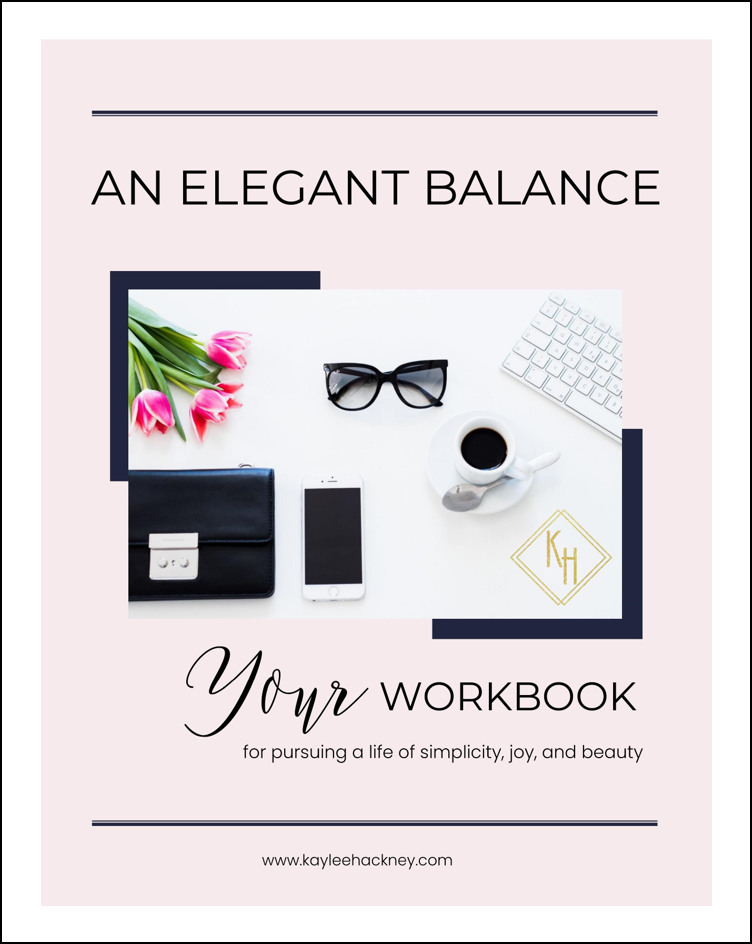Learning to Pause
“Between stimulus and response there is a space. In that space lies your freedom and power to choose your response. In those responses lie your growth and your happiness.”
Prefer to listen?
This post contains affiliate links. As an Amazon Associate I earn from qualifying purchases.
Although I’m an avid reader, I didn’t read very many baby books when I was pregnant. I never read “What to Expect When Expecting” and didn’t read “The Happiest Baby on the Block” until my fourth pregnancy. However, there is one parenting book that I’ve read at least four times and my guess is that many of you have never heard of it, let alone have read it – “Bringing Up Bébé” by Pamela Druckerman.
As many of you know, I love all things French: the language, the food, the wine, the culture… Turns out, I love French parenting too! I thoroughly enjoyed this entire book (as evidenced by my reading it multiple times), but there is one chapter in particular that is, in my opinion, the best kept secret of parenting during those early months. The chapter is entitled “Doing Her Nights” and deals with infant sleep. In this chapter, Pamela finds herself with a newborn daughter who doesn’t sleep through the night. Sounds pretty normal, right? Yet, she starts to realize that in Paris, that is not normal. At this realization, she sets out to find the secret to why French babies “font ses nuits” or “do their nights” well before their American counterparts.
Now if you’ve made it with me this far, but are thinking that this post may not be for you because you’re not a mother to a newborn… hear me out, because I think we can all learn something from this little “secret.”
What is the secret to newborn sleep?
It ends up being incredibly simple. So simple, in fact, that most French mothers Pamela interviewed didn’t even think to mention it.
French babies’ mothers practiced pausing.
Want to start creating your ideal work-life balance?
I’ve created this workbook just for you! Inside, I help you define what work-life balance looks like for you and share some tips on creating that balance.
You can get it by clicking the button below!
By pausing and observing their babies, French mothers can decide whether their babies are distressed and need immediate attention (e.g., snuggling, rocking, or nursing) or if they are simply whimpering because they are in-between sleep cycles and still learning how to connect those cycles. The pause allows mothers to observe and respond instead of automatically reacting. Doing so gives the babies space to self-soothe, connect sleep cycles, and learn to sleep through the night.
Now I want to focus on the concept of pausing, because I think it has valuable implications for several areas of our lives beyond just baby sleep. However, if you are a new mom (or going to be one soon) I cannot stress enough how vital the information in this chapter could be to your sanity in the first few months of your baby’s life. Go grab the book as soon as you can! I only have a sample size of 2 (which as a researcher, I know that’s not very big), but both of my children slept through the night by 2 months old.
Okay, back to pausing. What would your life look like if you practiced pausing more often? I would suggest that pausing could greatly improve the quality of our everyday lives. There is great power in the pause. It creates space for us to think before we simply react. By pausing and observing the situation, we can take the time to think through the bigger picture, notice what we’re feeling, think about other peoples’ perspectives.
Consider a time when you didn’t pause. Maybe you spoke without thinking. Maybe you ate the chocolate chip cookie before considering your health goals. Maybe you bought a new dress impulsively. Or maybe you committed to something without thinking through whether you actually had the resources and bandwidth available to take on another activity.
I know it’s not necessarily easy, but practice does make (almost) perfect. Just like the key to infant sleep is pausing and observing, we simply need to start pausing and observing our everyday situations. How do we do that? Well, first we need to recognize the need to pause. Then we mentally “press pause” on the situation. Next, take a deep breath, and think through your priorities, values, and goals so that you can respond (not react) in accordance with them. Finally, you press play!
Practicing the pause is quite elegant. Remember, elegance is when something is beautiful in its simplicity and effectiveness. It’s amazing, but this incredibly simple technique could be immensely helpful in building relationships with your spouse and kids, in reaching your weight loss goals, in sticking to your budget, and even in creating the work-life balance that you desire.
I’ll leave you with a few questions…
What if you paused before nagging your husband?
What if you paused before yelling at your kids?
What if you paused before eating that carton of ice cream?
What if you paused before splurging on that new dress?
What if you paused before saying yes to yet another volunteer opportunity?
It’s possible that you might pause and then decide that you do want that ice cream, dress, or volunteer opportunity, and that’s okay! The point is not to say no to everything. The point is to be intentional with our responses, ensuring that they align with our priorities and values, and not get stuck constantly reacting to our lives.
I’d love to hear how you practice pausing this week. Head over to Facebook or Instagram and let me know!
I can’t wait to celebrate the power of the pause with you!
Is a better work-life balance one of your goals this year?
I’ve created a workbook just for you!
If you’re interested in creating a work-life balance characterized by simplicity, joy, and beauty, why don’t you start by checking out my Elegant Balance Workbook? In it, I help you define what work-life balance looks like for you and share some tips on creating that balance. I’ve said it before, and I’ll keep saying it – Balance doesn’t happen by accident.
















Sharing this with you makes me smile – I love thinking back to the girl who felt confident and beautiful in that rainbow shirt and the girl who refused to attend her college classes in baggy t-shirts and Ugg boots and instead opted for a sequined top. Because despite what I think about those choices now, in each of those seasons I was intentionally using personal style to my advantage.